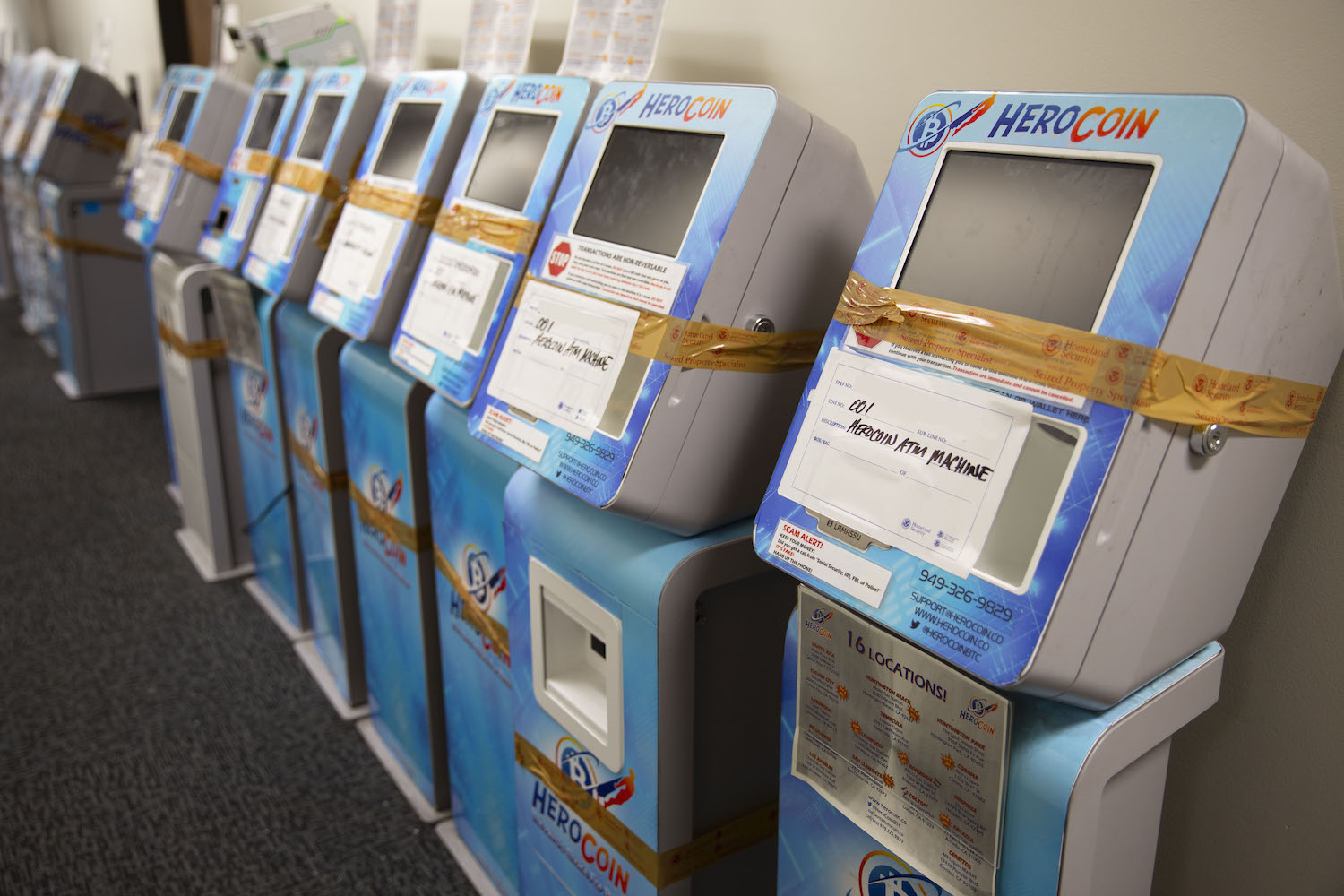A Big Year for Decentralized Identity and Infrastructure
The World Economic Forum’s head of blockchain highlights four trends to look out for in the year ahead.

A Big Year for Decentralized Identity and Infrastructure
This year has been off to a notable start for crypto and blockchain. On Jan. 7 the total cryptocurrency market hit an all-time high exceeding $1 trillion for the first time. Renewed interest in, and conversations around, blockchain technology and digital currencies from industry and government leaders have accompanied the rise.
At the same time, the challenges of 2020 continue, including the global pandemic. COVID-19 dominated the recent Davos agenda, with the need for digital solutions and real-time multi-party access to consistent information highlighted across multiple sectors.
At the World Economic Forum, we will continue to work with hundreds of experts from governments, business, civil society and academia to bring together the seemingly disparate worlds of crypto and long-standing institutions.
Sheila Warren is the Head of Blockchain and Distributed Ledger Technology at the World Economic Forum.
Here are some of the top trends we are watching this year:
Identity
All eyes are on digital identity for COVID-related needs – but long-term strategies and implications remain to be seen.
The COVID-19 crisis has increased consumer demand for identity solutions that don’t compromise individual privacy and freedoms. Of course, ideas of what constitutes the ideal level of privacy preservation vary widely around the world, with China and the U.S. taking deeply divergent perspectives. As the travel industry and various governments continue to explore ideas like “immunity passports,” which would maintain vaccination and/or testing records, the creation of a global standard around digital credentialing seems both necessary and elusive.
In addition, what does it mean to anchor on digital identity as a reaction to a very specific set of circumstances (namely an unprecedented global pandemic)? Digital identity systems are relevant for everything from financial services to re-skilling workforces, which each have distinct requirements. Focusing on one sector without taking a longer-term view can mean that we lose out on opportunities, duplicate efforts and create more complicated user experiences.
As it stands, there are very few regulations or industry standards to prevent fragmentation of technical solutions, protect privacy or promote inclusivity, interoperability and portability – all essential principles – for digital credentialing beyond time-sensitive use cases. As global society struggles to return to “normal,” there is a need to ensure potential solutions that embrace the use of digital credentials, leverage the experience of the digital identity community, consider a longer-term and holistic view, and create strong partnerships with public authorities.
Institutional adoption
Last year was the year of “institutional investment” in bitcoin – a buzzy phrase that was seen across pundit analyses of the crypto rallies, referring to large-scale investments of players such as MassMutual and Square (SQ). It is likely that financial institutions and service providers will intensify their own experiments with, and use of, cryptocurrency this year, whether via investment or actual deployment.
In some instances, they are also being used for improving internal processes. For example, in a Davos agenda panel Hikmet Ersek, CEO of Western Union, cited the company’s use of a stable “WU Coin” to exchange different currencies, done “21 times every second.”
COVID-19 also raised the profile of the conversation around central bank digital currencies’ exploration of blockchain technology. We saw the launch of some of the first national-level blockchain-based systems, including in the Bahamas and Cambodia. At the same time, progress around China’s DCEP (Digital Currency/Electronic Payment) continued in the background, with the People’s Bank of China having completed pilots in Shenzhen, Xiong’an and Suzhou, processing RMB 1.1 billion across 3.1 million transactions.
Still, many governments and central banks, including the U.S. Federal Reserve and European Central Bank, continue to research whether central bank digital currencies (CBDC) hold potential but have maintained they do not see value in issuing one at this time. Many are also watching the growth in the stablecoin space – with total value now surpassing $25 billion – fueled by decentralized finance (DeFi) and institutional interest. This has corresponded with increased attention from regulators, for instance the controversial STABLE Act in the U.S. and the recent letter from the Office of the Comptroller of the Currency. We can expect continued regulatory interest and activity in this area from around the world.
NFTs boost inclusive wealth
We have come a long way since CryptoKitties, yet relatively little progress has been made in realizing the potential of non-fungible tokens (a cryptocurrency token that is indivisible and unique) outside of the gaming context.
But we are already seeing shifts around the dialogue of inclusion. Previously, there was talk of democratizing access to high-value assets, such as art. While there still might be potential here, it’s important to consider the implications for creators as well. For instance, some have spotlighted black artists and the role that crypto art can play in allowing for greater ownership and wealth creation within the space, as well as art exchanges. We’ve also seen early signs of how this may translate to music or writing.
Decentralized infrastructure
Awareness of the power that centralized platforms and service providers wield over our lives is moving beyond the crypto and blockchain community to the mainstream. Take, for example, the recent mass exodus from WhatsApp to Signal following a (relatively minor) change in Facebook’s data-sharing policies.
This may create an increase in demand for decentralized service provision. In 2020, we saw the highly anticipated launch of Filecoin from Protocol Labs and continued growth of Web 3.0 projects such as Keep, Oasis and Polkadot. The public cloud market is among the most highly concentrated in existence, with four providers controlling 80% of the market. Decentralized cloud storage is currently the only alternative that could pose a challenge to this status quo. Along with advances in AI, this transition could lead to significant expansion of the scope of human and machine interaction, and an acceleration of the transition to Web 3.0.
Even as we have been wrestling with the consequences of the greatest social and economic disruption of our lifetimes, the pace of work across the blockchain ecosystem has been accelerating. The great news is that awareness of the potential of decentralized systems now lives beyond the minds of a tiny minority and is slowly gaining awareness among a larger audience (although the bitcoin price index remains the biggest reason most people pay any attention to the space).
As a result, it’s likely that we will see continued interest from regulators and policymakers around the globe, especially around digital currencies. We’re already starting to see increased market consolidation, which may be a sign of increased market maturity. Regardless of what happens in 2021, it’s sure to be a wild year and one for the books.









